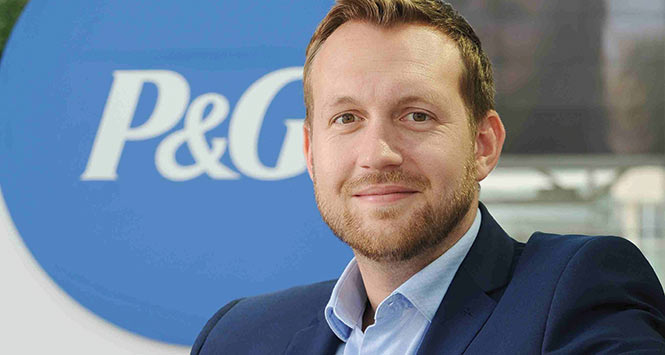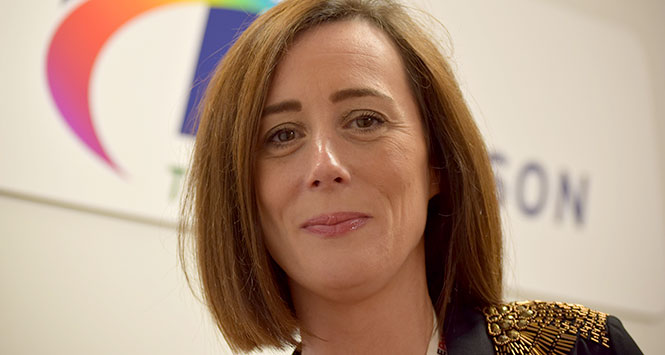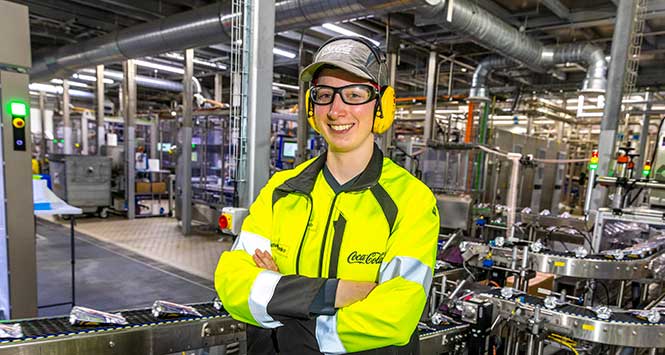Changing course for the vast ship that is P&G is no easy feat. However, taking the helm of the UK convenience channel is John Drake, who has the relaunch and upgrade of the ShelfHelp category management website and a host of trading challenges and opportunities to keep him busy in the coming year.
Factfile
Having graduated from Royal Holloway as a Batchelor of Science in business, John Drake has spent a significant part of his career in senior roles with Procter & Gamble.
Most recently he has been deeply involved in a reorganisation, which has seen the company streamline into 10 divisions, and devote its considerable resources to product and market research.
John holds the post of Director of Convenience at P&G UK at a time when the global company is celebrating 180 years in business and has grown to be a $65bn concern.
In brief, how is ShelfHelp evolving?
Most retailers will know that ShelfHelp was the first category management website of its kind and has been used by them since its creation over a decade ago. P&G is now bringing together a group of elite retailers to help boost sales within the convenience channel, across its core categories – Laundry, Health & Beauty, Homecare and Baby. This relaunch signifies an important step-change in our approach to how we communicate with and help our retailers. ShelfHelpers have each made a commitment to work alongside P&G to help develop solutions that will drive future sales for the wider retailing community.
How does that affect your brand thinking?
The change to more of a convenience retail environment has helped us see though a lens that’s not just big box supermarkets. We have to be able to design a range that’s suited to a replenishment shopping mission and we have to be very specific about what range and what SKU we can offer in that environment. We know from all the work over time what SKUs work in convenience. For example, we know we need to make a 500ml green Fairy Liquid available to retailers that’s more suited to their shelf space and the needs of shoppers in that channel.
How does the evolution into ‘shopping for less, shopping more often’ play out commercially for P&G?
In a market where we have almost 90% penetration, we know that most shoppers will buy one of our core products, household or hair care for example, in their main shop. Our challenge, in the convenience channel is to make sure that the right variety, the right size pack at the right price in the right case size for the retailer is available as a signpost brand in that category. Case size is so important in the independent world.
Given the depth of category penetration, what role does P&G play instore?
I think convenience has made us think about our portfolio choice and the size of choices we have in the market. We do a lot of shopper psychology research into the role of the signpost brand. People react to certain shapes and brands and we do have a duty to send them to the right part of the store. We’re not interested in driving the Procter & Gamble SKU in isolation, unless it drives the category as well.
P&G has a wide brand portfolio. How do retailers go about stocking a meaningful selection?
There is less interest within P&G of developing a product or brand unless it drives category growth. Taking the Fairy example again. It may be the signpost, but it drives shoppers towards other brands like Persil and Morning Fresh. We do take that role very seriously in terms of the signpost brand. We want to make it very clear for retailers too. I don’t really want to put five colours of Fairy in a wholesaler, if all shoppers want is the green variant and that’s all a retailer wants to stock.
Your pricing ambition is downward, but international costs are rising. how can you stick to lowering costs in that environment?
This is the beauty of a portfolio of products. Some are manufactured here, some are international. Costs can balance out, so we can by and large control our price strategy regardless of exchange rate and raw material prices. We need to keep working on all fronts, with suppliers and with retailers, to manage a very tough economic environment. When you’ve been around for 180 years, and plan to be around for another 180 years, it does give you a different long term perspective.







